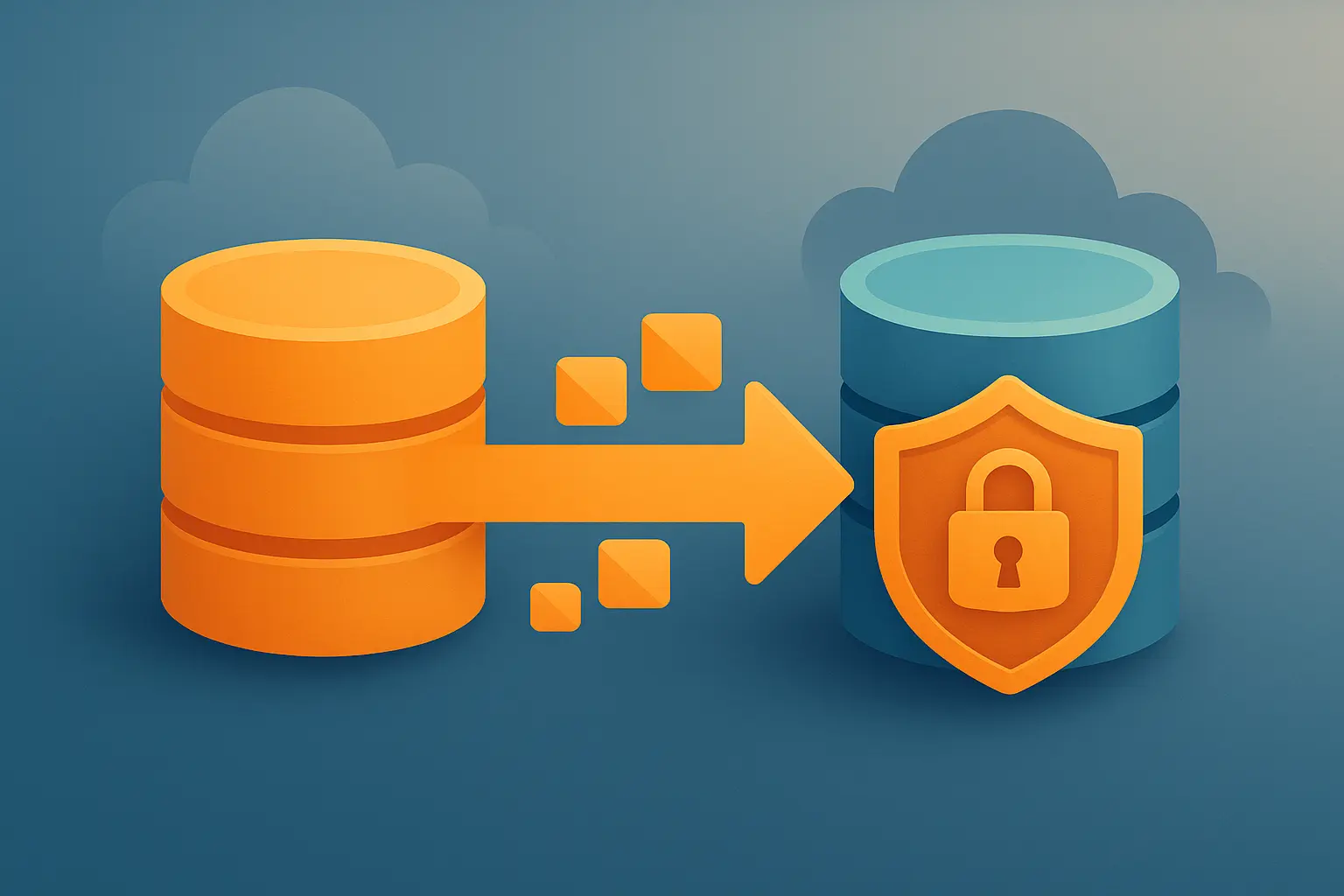Best Practices for Smooth Migrations
Posted by Nuno Marques on 26 Sept 2025

Estimated reading time: 7 min
Migrating systems, databases, or applications is one of the most challenging tasks in development. Whether you’re moving to a new framework, updating infrastructure, or reorganizing data, a poorly planned migration can result in downtime, broken functionality, or even data loss.
This article covers the best practices for managing migrations with minimal risk and maximum efficiency.
Why Migrations Matter
- Systems evolve, and migrations help keep them secure, scalable, and up-to-date.
- Legacy structures often slow down innovation, so migrations are essential for long-term success.
- Done right, migrations reduce technical debt; done wrong, they can introduce chaos.
1. Plan Before You Act
Migration isn’t just about moving code or data — it’s about understanding dependencies and risks.
- Map out what needs to be migrated (schemas, APIs, infrastructure).
- Define clear goals and success criteria.
- Establish a rollback plan in case things go wrong.
TL;DR: Migrations without planning are just expensive experiments.
2. Version Control Everything
Use version control for your migration scripts just like you do with application code.
- Keep migrations in Git (or your chosen VCS).
- Document every change with commit messages.
- Ensure teammates can review and collaborate.
3. Test in a Safe Environment
Never run migrations directly in production without testing.
- Use staging environments with production-like data.
- Test different scenarios: rollback, large datasets, high traffic load.
- Automate tests where possible.
4. Break Down Large Migrations
Big migrations = big risks. Instead:
- Split into smaller steps (e.g., table-by-table or feature-by-feature).
- Deploy gradually with feature flags or blue-green deployments.
- Monitor after each step.
5. Prioritize Data Integrity
Data is often the hardest part to migrate safely.
- Always back up databases before starting.
- Use tools like checksums or hash comparisons to validate migrated data.
- Log changes for auditing.
6. Communicate With Your Team (and Users)
Migrations affect more than developers.
- Notify stakeholders about possible downtime or new workflows.
- Document changes for future reference.
- Provide fallback plans for customers if things break.
7. Monitor and Optimize After Migration
Migration doesn’t end when the script finishes.
- Use monitoring tools to check system health.
- Watch for performance regressions.
- Optimize indexes, caches, and configurations.
Key Takeaways
- Plan every step and have a rollback strategy.
- Keep migration scripts version-controlled.
- Test in safe environments before production.
- Break big migrations into smaller, safer steps.
- Protect data integrity with backups and validations.
- Communicate openly with teams and users.
- Keep monitoring after migration.
Next Steps
- Try setting up a sample migration project in a staging environment.
- Explore tools like Prisma Migrate, Flyway, or Liquibase for database migrations.
- Learn about zero-downtime deployment strategies.